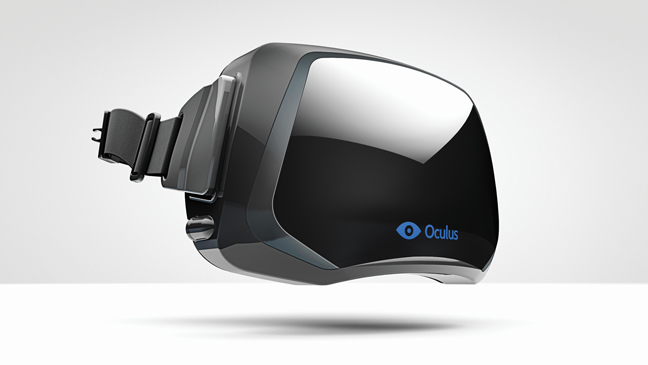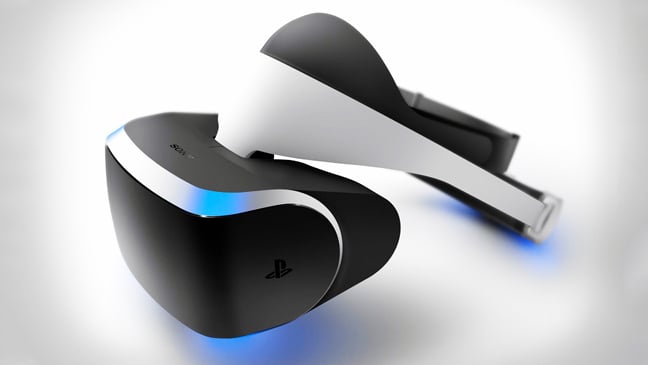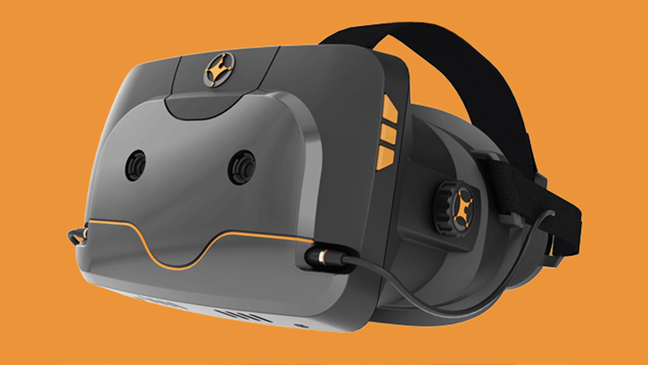
If you’re reading this article, chances are you’re not exactly pleased with Facebook’s recent acquisition of Oculus VR. After the news broke, thousands of once pro-Oculus people took to the Internet to claim they would no longer be supporting the company’s virtual reality headset.
It’s a blow for sure, but if you’re still interested in VR, there are plenty of other options out there. Here are five Oculus Rift alternatives for the anti-Facebook crowd.

Sony Morpheus
At this year's Game Developers Conference, Sony unveiled their Oculus competitor - Project Morpheus. Like the Oculus, the Sony Morpheus sports a 1080p display and 90-degree field of view, but what sets this device apart is the audio. Project Morpheus uses new 3D audio technology to create “true spatial sound," that responds to the wearer’s head orientation.
The device is designed to run with the PlayStation 4 and its sleek, TRON-like appearance definitely reflects that. PS4 peripherals, like the PlayStation Camera and DualShock 4, will also be incorporated.

True Player Gear Totem
While they only announced it a few days ago, True Player Gear says they’ve been developing their VR headset, Totem, for the last nine years. The device in question shares a lot of the same specs with Oculus and Morpheus, but is more widely compatible across platforms. Totem will work with Xbox 360, Xbox One, PS3, PS4, and PC. The company also says that it will support Unreal Engine 4, Unity, Havoc, and CryEngine.
True Player Gear plans to launch a Kickstarter for Totem sometime this summer with the hopes of getting their product out by Christmas.

Avegant Glyph
Instead of using one large display like most VR HMDs, the Avegant Glyph uses Virtual Retinal Display technology to project images directly onto your retinas. It sounds a little scary, but by mimicking the way we see naturally, the result is a sharp, clear image.
Another highlight of this device is how not-so-clunky it is. Unlike many VR headsets, which are designed to be completely immersive and used at home, the Glyph is intended for real world use. When you’re not using it, it looks like a stylish pair of headphones, and even when you are, they don’t take over your entire field of vision.
The Glyph uses a basic HDMI input, which would allow you to display pretty much anything. And while it’s marketed as a personal theater, the Glyph is also great for gaming – just plug it into your console or PC and you’re set.

GameFace Mark IV
GameFace Lab’s Mark IV is a self-contained, Android-based VR unit. Paired with a Bluetooth gamepad, this device is completely wireless – a feature unique to the growing VR market.
Because the Mark IV is still very much a prototype, there are still a few bugs for the company work out. GameFace is currently in talks with NVIDIA to incorporate their new K1 chip in the next model, and also working to create a VR-exclusive Android app store.

Durovis Dive
The Durovis Dive is a totally different take on VR - using your smartphone as the main technical component. Because your phone already has the display, processor and motion censors necessary in any VR device, the Dive provides the structure and lenses to piece it all together.
Most Android and iOS phones are compatible, and there are currently over 30 different Dive-ready apps available across the two platforms.
The simplicity of this headset makes it one of the most affordable on market, running for around $80.






Published: Mar 31, 2014 05:27 pm